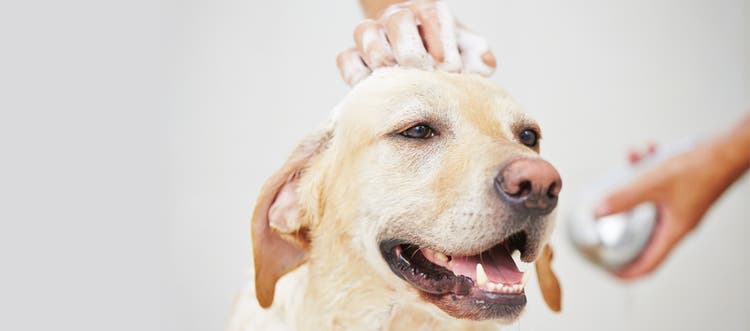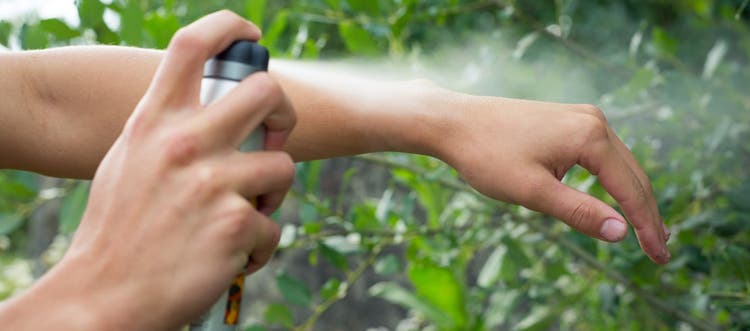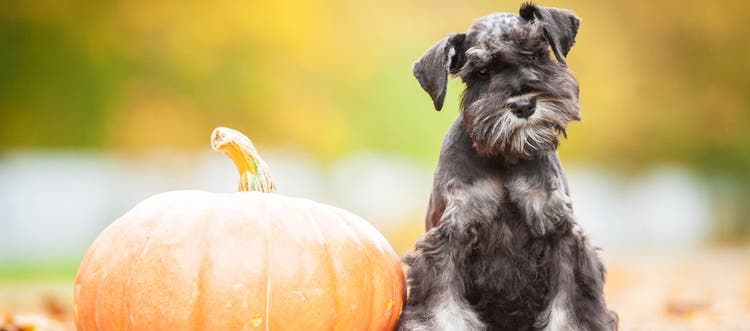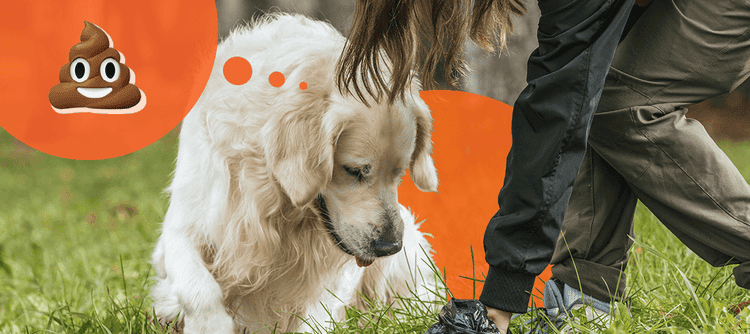Learn why bones aren’t for dogs and what to give them instead.
Dogs are instinctively drawn to the challenge of a strong bone, both mentally and physically. Chewing gives their brains and jaw muscles exercise, and, back when they had to survive in the wild, dogs needed the fat found in bone marrow to keep them healthy.
But just like us, dogs have evolved. Gone are the days of roaming grasslands in the wild and relying on prey to survive. Dogs are now domesticated, and their bodies no longer accommodate bones as readily. In fact, no matter how much they lick their chops over chicken, pork, ham or rib bones, dogs shouldn’t have them at all.
Can Dogs Eat Cooked Bones?
Some home cooks literally throw their dogs a bone when they’re finished making chicken soup, beef stew or turkey gravy. This happens frequently around holidays and celebrations, when family members and guests toss a turkey or ham bone to their begging dog. Chicken wing bones or beef and pork rib bones are also dangerous.
While cooked bones smell and taste great to dogs, they can splinter between their teeth and, once swallowed, can tear the inside of a dog’s stomach or intestines. And because they’re softer than raw bones, they don’t necessarily satisfy the dog’s urge to chew or recover that fatty marrow, because the cooking process reduces the fat content.
Can Dogs Eat Raw Bones?
Raw bones of all shapes and sizes, including beef marrow bones, knuckle bones and femur bones, are appealing to dogs because they’re both meaty and fatty. But they come with their own set of risks, including:
- Food poisoning: Even bones marked “safe for dogs” could carry salmonella or E. coli. Dogs are susceptible to bacterial infections and foodborne illnesses, just like humans.
- Esophageal blockage: Raw bones can cause choking if the dog swallows a piece that is too large.
- Tooth injuries: Bones are very hard and place a lot of stress on a dog’s teeth. Gnawing on raw bones could cause tooth breakage, which can be painful for dogs to endure — and expensive for owners to fix.
Can Dogs Eat Antlers, Rawhide or Bully Sticks?
Well-meaning owners often replace bones with elk antlers, rawhide or bully sticks. However, these products can cause problems for pets, too.
- Antlers: While generally cleaner than raw bones, antlers can be even harder on dogs’ teeth and can potentially cause breakage. Also, if the antler has a sharp end, it could puncture the inside of the dog’s mouth.
- Rawhide: These bones can be a good option for some dogs, but make sure you’re aware of the risks. Rawhides can soften shortly after a dog starts chewing them, allowing parts to break off and be swallowed. For this reason, it is important to watch your dog while they chew on a rawhide and only allow them to do so in short sessions. Many rawhide chews have to be prepared with chemicals and washed with detergents, opening up the potential for contamination or toxin exposure. Before purchasing a rawhide, it is best to check with the manufacturer on their process. Only buy rawhides made in the U.S.
- Bully sticks: These pass through a dog’s system much more easily, but they’re made of beef byproduct. Beef byproduct often contains organs and bone, so even though it’s ground, you don’t really know what you’re feeding your dog.
Healthy Alternatives to Bones
While some supermarkets and butchers give beef soup bones away for free, the consequences for dogs can be pricey. Here are a few alternatives you can give your dog with supervision:
- Chew toys: Inexpensive and hardy balls, pull ropes and plush products with crinkle paper can help keep your dog entertained and give them necessary jaw exercise.
- Rubber dental chews: Softer and more flexible than bones or other chew toys, dental “bones” are covered in ridges and bumps to scrape away plaque and are often designed to last for months.
- Edible dental chews: These chews pull double duty by satisfying your dog’s urges and cleaning their teeth at the same time. Many chews are grain-free and made from natural rawhide alternatives like poultry or sweet potatoes.
When choosing a chewing alternative for your dog, keep in mind these three guidelines:
- Follow the “kneecap rule”: If hitting your knee with the chewing object is painful, it’s likely too heavy or hard for your dog to chew.
- Perform the “fingernail test”: Check to see if you can indent the surface of the chew with your fingernail; it should have some give.
- Check the chew’s flexibility: Chews that cannot be broken or flexed with your bare hands are not suitable for your dog to chew.
Regardless of the type of chew you give your dog, always monitor your pet. Verify they aren’t choking, gagging or ingesting too much at once. As much as your dog might love bones, it’s better for their health to avoid giving them one. Fortunately, there are plenty of alternatives to keep your dog happy and cater to their natural chewing instinct.








